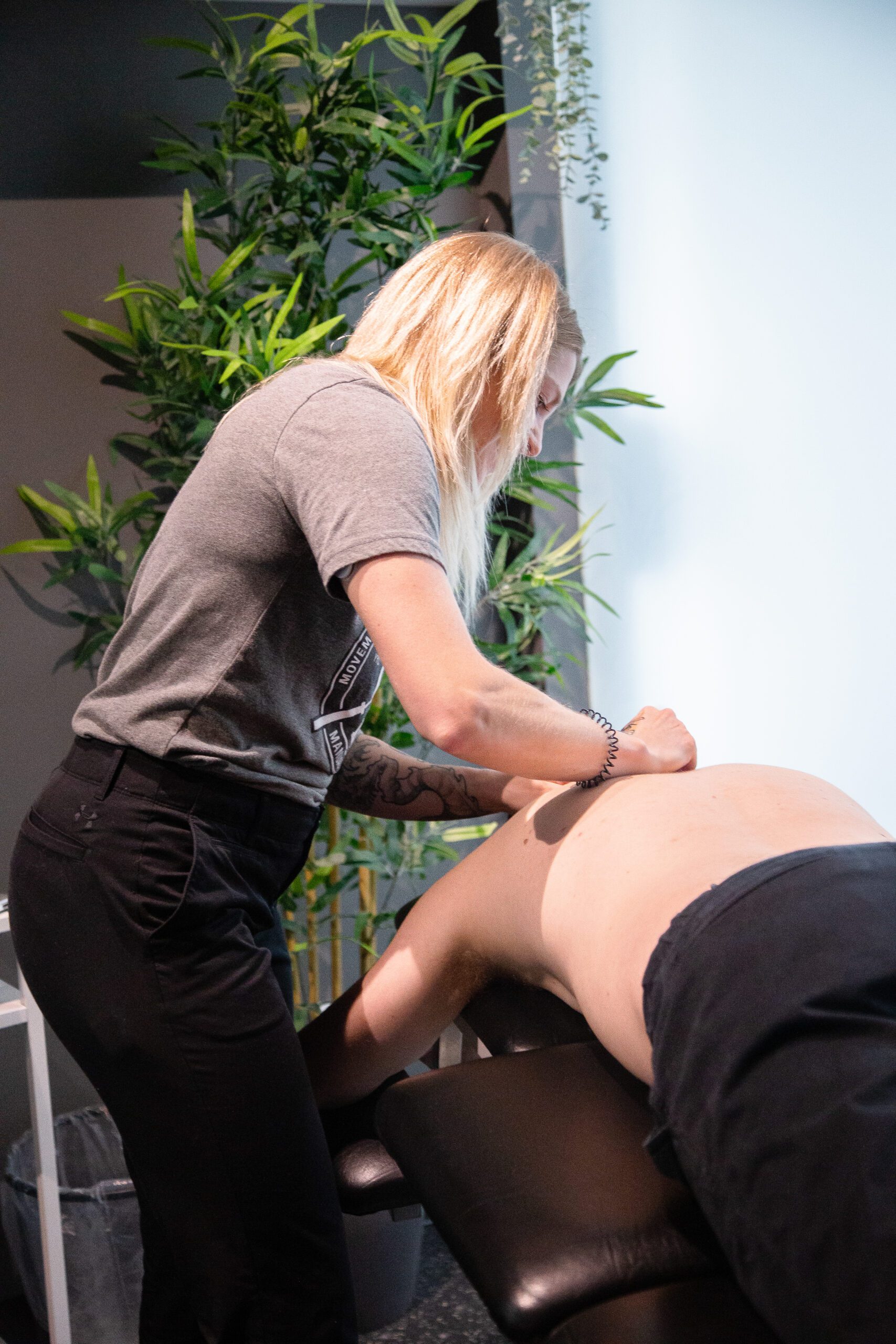
01 Feb What Is The Difference Between Acupuncture And Dry-Needling?
What is the difference between acupuncture and dry-needling?
Members commonly ask what the difference is between acupuncture and dry-needling or Intra Muscular Stimulation (IMS), so let’s take a stab at differentiating these amazing (and beneficial) techniques!
Origins
Acupuncture is based in Traditional Chinese Medicine (TCM) and is one of the oldest forms of medicine, believed to have originated around 100 BC. Created under the belief of a life-force traveling through the body, referred to as “qi” (pronounced “chee”). It is believed that an imbalance in such energy may result in dysfunction and/or disease.
Dry-needling and IMS are based in Western medicine’s utilization of anatomy and physiology; considered popularized in the West in the late 1990’s. Developed primarily to address muscle tightness and pain after a physical examination.
Equipment
Both techniques commonly utilize the same equipment. Small, stainless steel, sterile needles ranging in thickness from 0.16-0.46mm and length from 13-130mm. These needles are MUCH smaller that needles used for injection or blood draw, so do not fret!
Goal(s) Of Treatment
Acupuncture is ideally a sensation referred to as de-qi is achieved. This sensation is typically felt as either numbness, distension, or electrical tingling, and is commonly believed to be more effective than if not achieved during treatment. Acupuncture has been reported to improve many measures such as systemic conditions (blood pressure, heart-rate, stress/anxiety, etc.), pain, circulation, and more.
The goal of dry-needling and IMS is relaxation of a tight muscle, resulting in improved mobility and circulation. Practitioners are often searching for a palpable and observable muscle twitch, suggesting a more effective relaxation of the muscle knot.
What Should You Expect In A Session?
Acupuncture is typically a longer treatment session than dry-needling or IMS, as needles are often left in the patient (approximately 15 to 30 minutes). Usually multiple needles are used at once, and the procedure is almost entirely pain-free. Higher treatment frequency is encouraged to achieve the desired results (though please remember these techniques are often used for different goals).
With dry-needling and IMS, they are typically shorter sessions; usually one needle in the body at any given time, as the Practitioner is manually manipulating the needle. Dry-needling and IMS is typically uncomfortable, or even slightly painful to achieve the muscle “twitch.” It is common to feel an increase in tension immediately after a session as blood is rushing into the treated area, then after a few hours a dull ache (similar to how you feel after a hard workout) will remain, and after about 12-48 hours full effects of a session can typically be noticed. Dry-needling and IMS patients will often experience significant improvements within the first few sessions.
Conditions Effectively Treated
Acupuncture = lower back pain, headaches, migraines, arthritic pain, joint pain, post-operative pain, nausea, and sleep issues.
Dry-needling and IMS = general muscle tension and/or knots, trigger points, myofascial pain syndrome, and lower back pain.
Click here to book in for acupuncture and click here to book in for dry-needling!
We are always accepting new members who are ready to commit to their health and wellness journey. If you are ready to experience the MYo difference, book now so one of our team members can welcome you to the MYo Lab community!